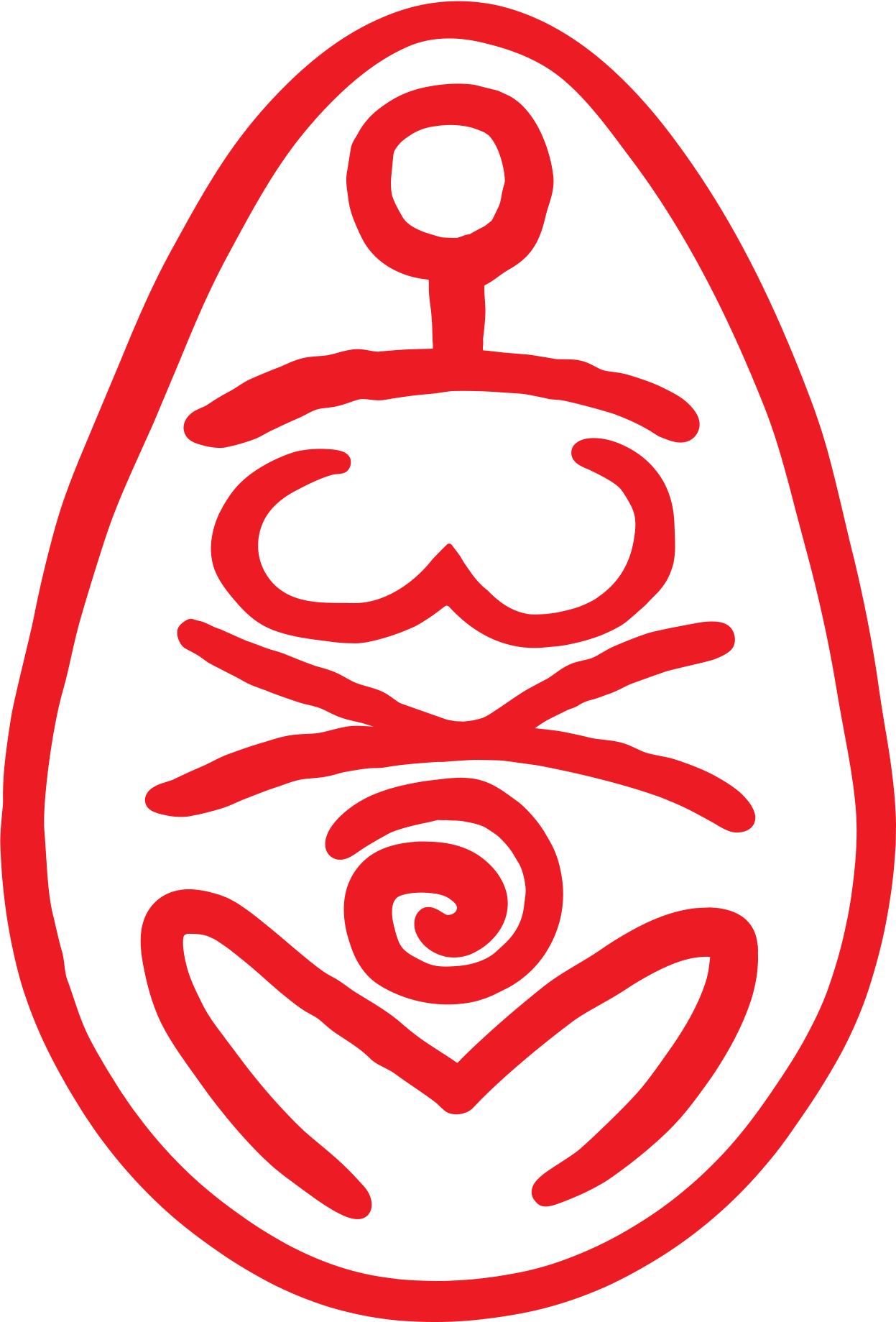KELI MA
(b. 1983) is an artist who mines mythological history to destabilize new materialist assumptions.
A curious theologian, Keli Ma transcribes ancient and modern myth into fresh symbolic amalgamations, excavating for entanglement across far-ranging cultural metaphors. The Texas native’s pigments, film, collage, and twirling linework create new aphorisms; her paintings, poems and tapestries explore both the science and allegories hiding in our nomenclature. Keli’s bulbous forms in clay and on canvas unveil the ontological capacities embedded in our shapes. By reorganizing anthropological connections – a de-storying process – Keli Ma believes we might begin to grow richer cultural compost.
The symbols Keli Ma uses range from literal to figural, yet are universally and kaleidoscopically recognized. The goddess Kali is conjured in the embodiment of the saguaro as the representation of resilient femininity in Guerrera Saguaro (2019). Within this ceramic sculpture — and a core theme in the artist’s work — is the acknowledgement of the sacred soul in the primordial, and the primordial in all. Keli illuminates the divinity of plants, geodes, animals, rivers, and celestial orbs in her multimedia compositions, while acknowledging that ‘nature’ and ‘self’ have never been separate.
Wild beasts and archaic characters are employed to explain philosophical reasoning, such as in Wamamoon (2018) — a supernaturally explosive recounting of a two year old’s fervent desire to return to the moon (and a gentle reminder that the child self is perhaps the wisest self). Exploring complex concepts through spiritualized abstraction represents a re-parenting of the artist’s own inner child, by way of honoring the guru that also lives within.
To eat one’s tail, a snake must be flexible. Ouroboros swirl around the work; spirals are portals, protective shields, cosmos, and vulvas all at once. Keli Ma frequently uses the yin-yang gesturally to evoke balance and the non-duality of the subject matter — deploying widely-accepted binaries to ground the process of layering, bending, and queering narratives — thus proposing a mythic whirlpool that advocates for prismatic viewing.
Reason and intuition play ring around the rosie, for as the artist states, “every spiralic journey requires we again and again pass the point of origin — that’s how we grow.” Addressing the magic of enmeshment in both the natural world and in collective experience, Keli Ma’s approach centers a naivety that is all-knowing and creates a pathway of inquiry — not to find answers, but to learn to ask better questions.
Keli Ma visually, nominally, and ontologically recontextualizes iconography and sequencing in ways that are both anecdotal and unconventional. Playing with cognitive visual association, artworks such as Earth Energy (2019) live on marbled altars — a nod to old book linings and the elaborate academic process that is core to her practice, while also straddling a prehistoric composition. Interested in etymology and the unseen symmetries inside spelled symbols, Keli imbues her work with double entendre (He Is Risen Indeed (2020)) and bestows titles such as Bird of Pray (2020) to further enforce the artist’s inclination to have multiple truths existing within the same egg.
Legends are disassembled and remixed. In Father, Son & Holy Spirit (2022), the goddess lactates in lotus within the omnipresence of the holy trinity — but the life-giver is replaced by Santa Muerte, so that an understanding of death as the mother of rebirth can be read more clearly. Chaos has always borne the seed of creation.
Rooted in research, awakened in wonder, Keli Ma’s is a world of primal depth and joyful urgency – an alive dream where timeless wisdom finds fresh, ecstatic expression.

